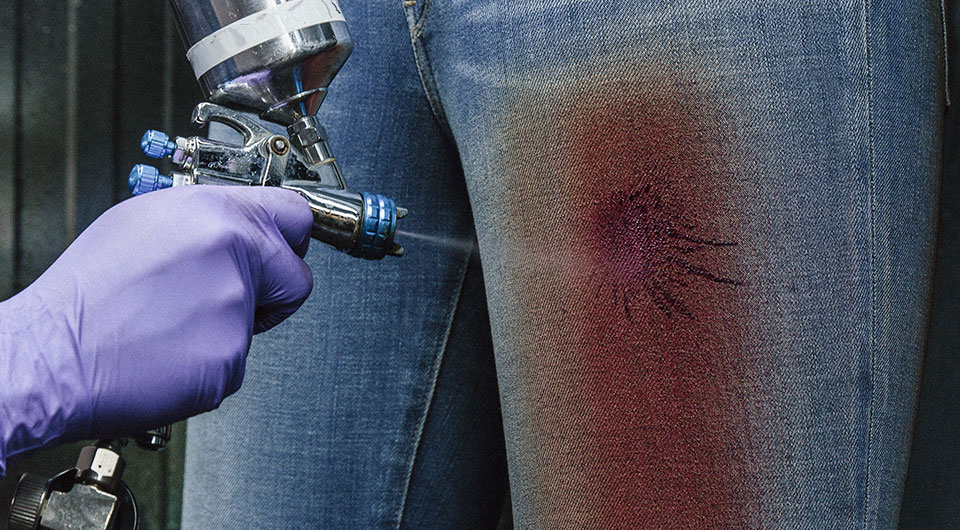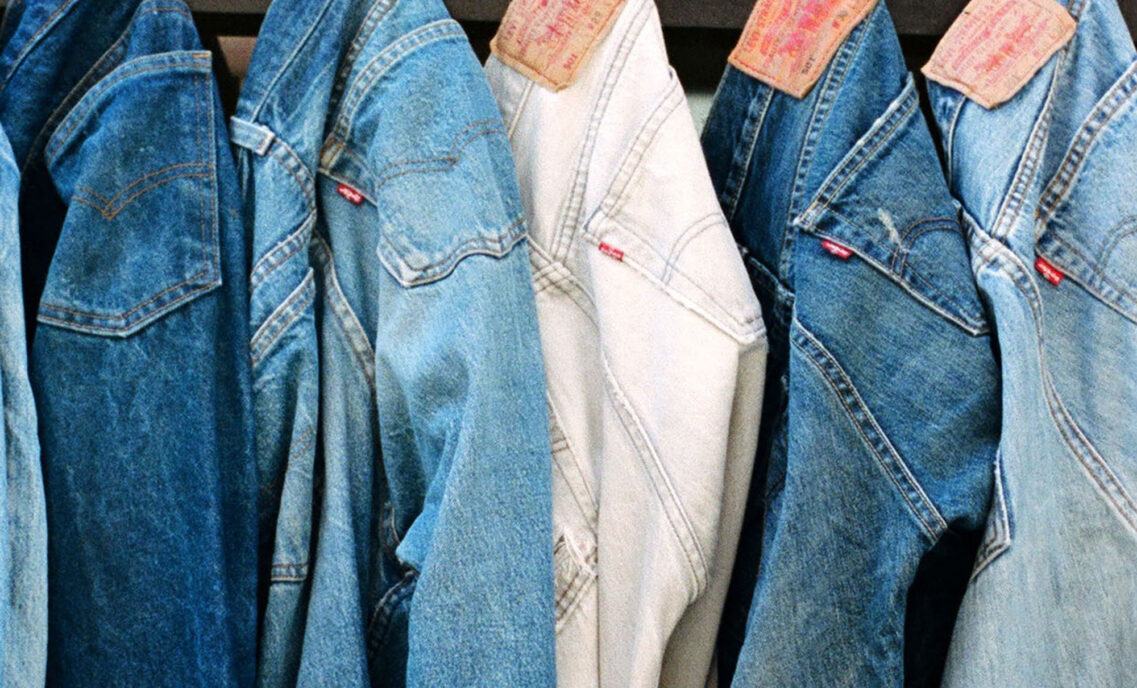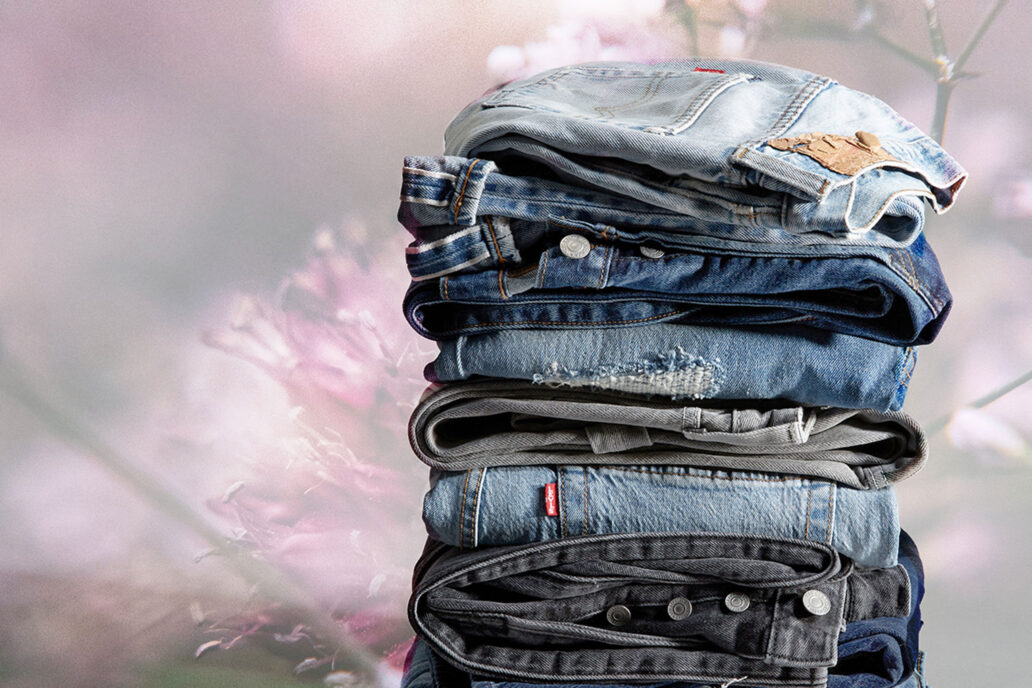At Levi Strauss & Co., innovation and sustainability are synonymous. We are weaving progress into everything we do through a sustainable lens.
That mentality extends to chemical use when it comes to the clothes we make. Our Screened Chemistry program represents the future of chemical management by taking a hazard-based approach to identify and substitute best-in-class or better alternatives from the onset. The program scrutinizes chemicals against specific health and environmental impacts so we can work with our suppliers to develop better alternatives and areas for innovation.
And as Bart Sights, LS&Co.’s vice president of technical innovation, puts it, “Usually where we lead, others follow.”
Like other pioneering programs we have opened up to the greater industry (think our Water<Less™ and Worker Well-being initiatives), we have shared our Screened Chemistry approach publicly to increase the use of sustainable chemistry on a broader scale.
“If you look at Patagonia and Levi’s, for example, we both care about waste, water, toxicity, energy use and all these other things too, so if we can work together to leverage our different scales and segments of our industry to get these things going, then we’re doing our job,” said Matt Dwyer, director of Materials Innovation and Development at Patagonia. Matt and Bart both recently spoke at a forum LS&Co. co-sponsored with the Center for Responsible Business at the Berkeley-Haas School of Business, which was meant to drive collaboration between industries to adopt green chemistry.
The origins of Screened Chemistry
Utilizing the U.S. EPA’s Safer Choice Program and GreenScreen® for Safer Chemicals, LS&Co. created a scoring system to rate chemicals and chemical formulations based on human health and environmental toxicity hazard endpoints.
Once the methodology was in place, we began rolling the Screened Chemistry program out to our entire supply chain.
The ultimate goal is to have all LS&Co. suppliers using only chemicals that have been screened through LS&Co.’s Screened Chemistry program by 2020. That process is already being applied in our Eureka Innovation Lab, where Bart leads the teams who are formulating recipes for garment finishing using only chemicals that have been assessed through our program. It provides a “positive list” of approved chemicals versus a restrictive list that simply states what’s not usable. “Designers are dreamers,” Bart said. “They don’t work well when they’re told what they can’t work with. It’s better to bring a toolbox of what they can use.”
Bart also credited the power of constraint. “We ended up going into a season and created an entire collection just with those positive chemicals (from the list). We had to do that to prove that we can hold our aesthetic and improve it as well as propel further innovations. And now it’s just a way of life. It’s now propelling us forward, with room for improvement.”
The Screened Chemistry Program takes that continuous improvement approach, and is helping to promote innovation, dialogue and awareness of sustainable chemistry among LS&Co. employees, our garment suppliers and chemical suppliers.
It’s also an approach others say is important to get behind.
“I think what we’re asking of our industries is to really question our processes. Just because they work now doesn’t always mean they’re the right way,” said Karen Burbano, who works within Google’s Real Estate Workplace Design and Construction division. “When we look at our environment and our people, we need to reflect on whether we’re doing right for everyone.”
And the best way to do that? Scale.
“Scale goes back to ‘the right thing to do’ because you’re not just affecting a few factories, you’re affecting the industry,” Bart said. “There’s strength in numbers. If you have more big companies preaching the same thing, it only strengthens the approach.”







